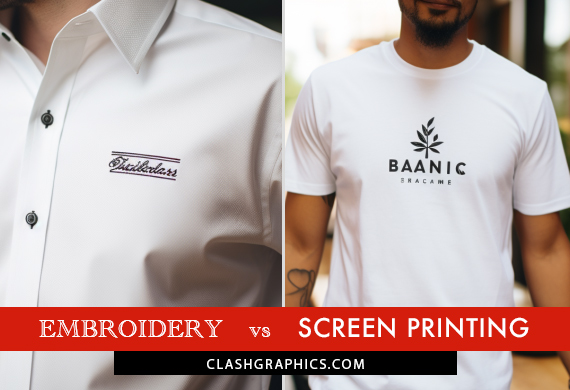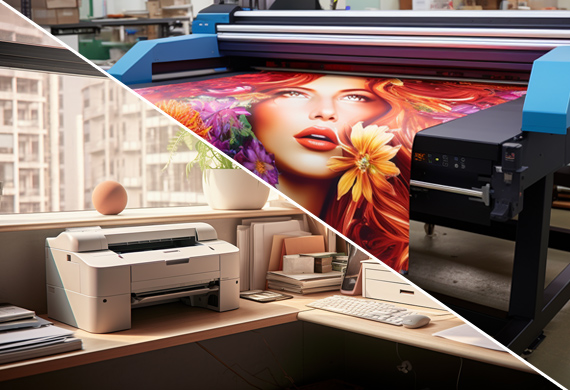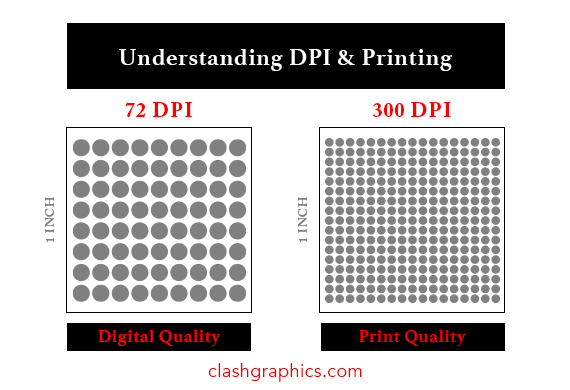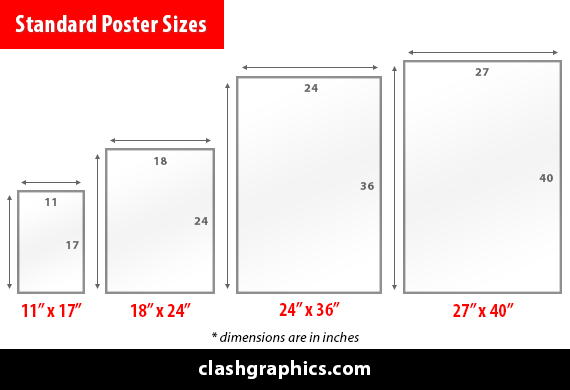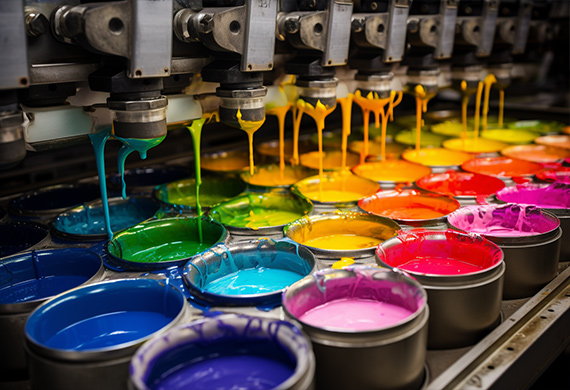Printing Black - Creating True Rich Black and When to Use It
27th Mar 2016
Have you ordered marketing materials and been disappointed that the black looks dull or more faded than your digital proof? This is a common frustration and it’s caused because the graphic designer chose ‘100K’ black in the design program. This is…
read more
